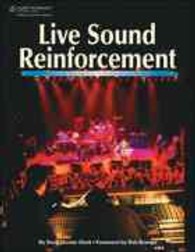基本説明
New in paperback. Hardcover was published in 2007. Based on two studies of marital qualitiy in America twenty years apart, this book shows that while the divorce rate has leveled off, spouses are spending less time together.
Full Description
Most observers agree that marriage in America has been changing. Some think it is in decline, that the growth of individualism has made it increasingly difficult to achieve satisfying and stable relationships. Others believe that changes, such as increasing gender equality, have made marriage a better arrangement for men as well as women.
Based on two studies of marital quality in America twenty years apart, this book takes a middle view, showing that while the divorce rate has leveled off, spouses are spending less time together—people may be "bowling alone" these days, but married couples are also eating alone. Indeed, the declining social capital of married couples—including the fact that couples have fewer shared friends—combined with the general erosion of community ties in American society has had pervasive, negative effects on marital quality.
At the same time, family income has increased, decision-making equality between husbands and wives is greater, marital conflict and violence have declined, and the norm of lifelong marriage enjoys greater support than ever.
The authors conclude that marriage is an adaptable institution, and in accommodating the vast changes that have occurred in society over the recent past, it has become a less cohesive, yet less confining arrangement.
Contents
* List of Figures * Acknowledgments * The Continuing Transformation of Marriage in America * Stability and Change in Marital Quality * Rising Individualism and Demographic Change * Who Benefited from the Rise of Dual-Earner Marriage-and Who Did Not? * Changing Gender Relations in Marriage * Social Integration, Religion, and Attitudes toward Lifelong Marriage * How Our Most Important Relationships Are Changing * Implications for Theory, Future Research, and Social Policy * Appendix 1: Study Methodology * Appendix 2: Tables * References * Index








